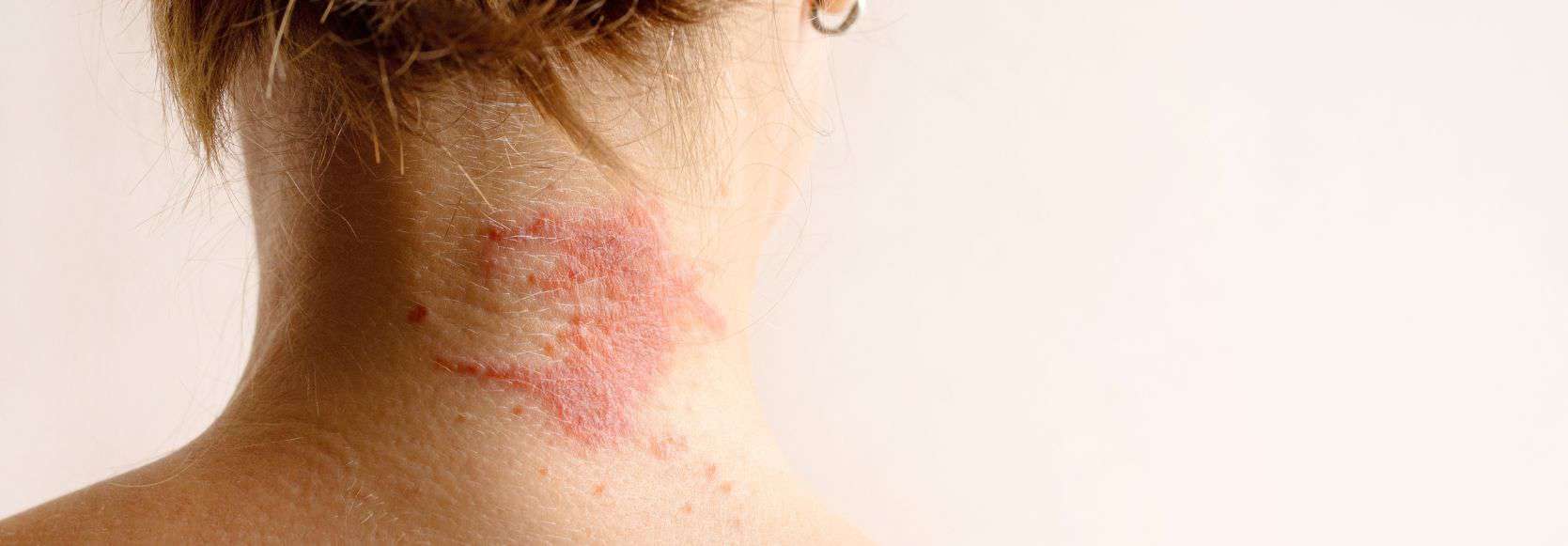What is cystic acne, and how is it different from regular acne?
Cystic acne is the most severe type of acne skin condition. It is an uncommon form of acne in comparison to standard acne. However, due to its effects, it causes both physical and emotional stress. Cystic acne develops as a cyst underneath when bacteria, oil, and dry skin cells build up within your pores.
Traditionally, this specific type of acne is more common for people with oilier skin or those with an imbalance of hormones. This can affect teenagers going through adolescence and hormonal changes, which is often why severe cases of acne are usually experienced between the ages of 13 and 21.
What does cystic acne look like?
Cystic acne causes small-to-large inflammation bumps on the skin and is typically on the face, with some cases being found on the shoulders.
The cysts often embed deeper within the skin, making them harder to treat. They have puss-filled tips, and this feature makes them appealing to ‘pop’ by squeezing the pus from the cyst. However, this can be painful, leave soreness and tenderness around the cyst, and should be avoided.
Cystic Acne Symptoms
To know whether you have cystic or standard acne, there are some notable symptoms that you need to be aware of:
Puss-filled bumps are rises in the skin that are referred to as ‘spots’ with white ends that are poppable.
Redness and inflammation—rises in the skin that is red, inflamed, and sore/tender to touch.
Ice pick scars are indented into the skin due to the acne being treated and producing scarring tissue on the skin.
These are the main symptoms of cystic acne scarring. However, this is not the exclusive list of cystic acne symptoms. Depending on your skin history, other symptoms may arise, and if you’re concerned you have cystic acne, you will need to contact your GP or dermatologist for acne.
Can cystic acne be treated?
As with any acne, cystic acne can be treated. Cystic acne treatments range from medication to medical lotions. In cases of acne scarring due to severe cystic acne damage, you can visit a dermatologist who will provide various acne scarring treatment programs to help reduce the scarring and inflammation caused by cystic acne.
The different treatments for cystic acne
There are many different types of cystic acne treatments. Each varies from topical retinoids to oral antibiotics. Depending on your physical conditions and the severity of your acne, your cystic acne treatment program will be tailored to meet these needs and conditions.
The best acne treatments tend to be a two-pronged approach, first tackling the cause of the cystic acne breakouts, followed by a course of acne treatment that helps to reduce the current state of your acne. To complement your acne treatment program, your dermatologist will recommend a specific skincare routine to help you stay on top of the bacteria on your skin.
Topical Retinoid Acne Treatments
For cystic acne, dermatologists often use topical retinoid creams to help unplug the hair follicles where skin cells/oil have built up. Over-the-counter topical retinoids containing Adapalene. However, cystic acne requires a stronger retinoid, typically prescribed by a dermatologist through prescriptions.
It has been known that topical retinoids can be used alongside other acne medications and lotions to help increase the positive effect of treating acne.
Oral Antibiotics Acne Treatment
Oral antibiotics are used to treat cystic acne if the span of the acne is large and very inflamed. Cystic acne is usually inflamed, and an antibiotic is often needed to help reduce the redness and inflammation caused by the acne, allowing the other acne treatments to be more effective without damaging the skin.
Chemical Peeling for Cystic Acne Scarring
Chemical peeling is used for cystic acne scarring to reduce inflammation and improve the skin’s smoothness. After cystic acne has occurred, soreness and uneven skin can continue. With the chemical peel, the acne scarring is reduced, and collagen regeneration is increased to help soothe and smooth out the outer layers of the skin, removing the scarring tissue.
Microneedling for Cystic Acne Scarring
To complement the treatment of the early stages/causes of cystic acne, microneedling can help reduce inflammation, severe cysts, and scar tissue on the skin. Microneedling works by utilising hundreds of tiny needles that pierce the skin tissue, again inducing a skin regeneration action through collagen. In doing this, the collagen reduces swelling, evens the skin, and reduces cystic acne scarring over time.
Should I use laser acne treatment for cystic acne?
The skin condition may require laser acne treatments as cystic acne is more severe. There are many different forms of laser acne treatments, and there are two specific types: ablative and non-ablative.
For cystic acne and ice pick acne scarring, a combination of the two types of laser treatments may be used to help remove outer layers of skin, encourage skin cell regeneration, and induce collagen to repair the acne-infected areas of the skin.
However, in most cases, one type of acne laser treatment is used. While effective, laser treatments for acne conditions tend to be used later in the acne treatment program, combined with other acne treatments, or if the acne is so severe that laser treatment is the only logical treatment for the condition.
What to do if you have severe cystic acne?
In the majority of cases, acne can be treated. However, cystic acne is something that will require expert advice. Harley Street Dermatology Clinic is a specialist acne clinic in London with over 30 years of experience treating acne and acne scarring. For more information, please get in touch.


